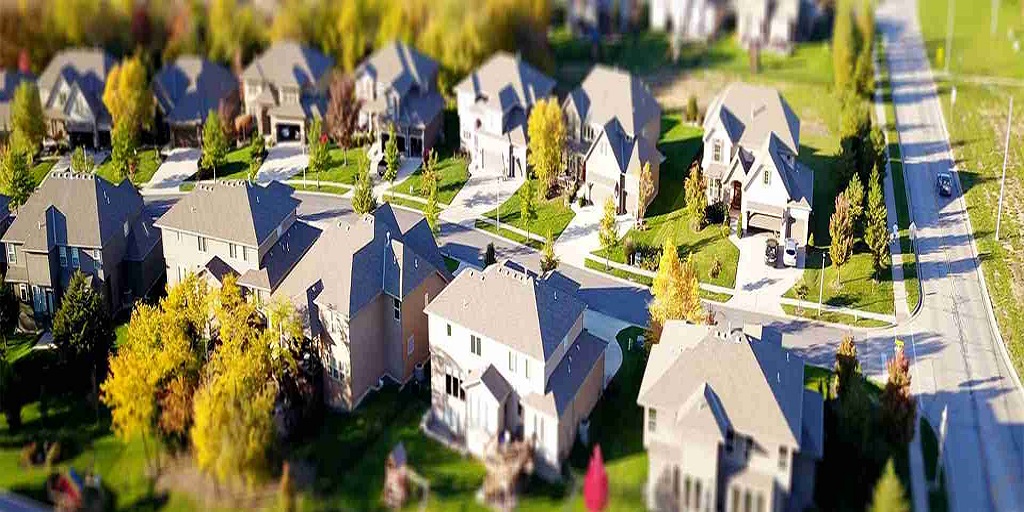Buying or selling a home, planning renovations, or resolving property line questions all come with one important step: getting a proper land survey. A residential land survey in Edmonton gives homeowners, buyers, and developers the clarity they need about a property’s boundaries, features, and limitations. But just as important as knowing what’s included is understanding what the survey does not cover.
Here’s a closer look at what you can expect from a residential property survey—and where its limits stop.
What a Residential Property Survey Typically Includes
A well-prepared residential land survey in Edmonton is more than a simple sketch of your lot. It’s a legally recognized document that brings together precise measurements and observations. Most surveys include:
- Boundary Lines. The most fundamental purpose of a survey is to establish the exact location of your property’s boundaries. Surveyors use precise tools to confirm where your land begins and ends. This can help prevent disputes with neighbours over fences, driveways, or landscaping.
- Building Locations. The survey outlines the position of your home and any additional structures—like garages, sheds, or decks—relative to the property lines. This ensures that all structures comply with zoning and setback requirements.
- Easements and Rights-of-Way. Utility companies and municipalities often have the legal right to access certain parts of a property. A residential survey highlights these easements so you’re aware of any restrictions before you make plans for construction or landscaping.
- Improvements and Features. Permanent features such as fences, retaining walls, driveways, and walkways are shown in the survey. This helps buyers and owners alike understand how the property is being used and whether improvements respect boundary lines.
- Encroachments. Encroachments occur when a neighbour’s structure crosses into your property or vice versa. A survey will identify these issues clearly, helping homeowners resolve potential legal disputes before they escalate.
What a Residential Survey Does Not Cover
While a residential land survey in Edmonton provides a wealth of information, it isn’t a catch-all solution. Some important aspects of homeownership fall outside its scope.
- Property Condition. A survey doesn’t assess the physical state of your house, land, or structures. It won’t tell you if your roof needs replacing, if the soil drains poorly, or if your deck is structurally sound. That type of insight requires inspections from other professionals.
- Environmental Concerns. Issues such as soil contamination, flood risks, or endangered species habitats aren’t included in a typical residential survey. If these concerns matter for your project, specialized environmental assessments are necessary.
- Zoning Compliance in Detail. While surveys outline property boundaries and structures, they don’t always confirm whether the property fully complies with every local zoning bylaw. Municipal offices can provide official zoning information.
- Future Development Potential. A survey shows you the present state of the property, not its development possibilities. If you’re considering additions, subdivisions, or new builds, you’ll need to consult with planners, architects, or municipal authorities for further guidance.
A residential survey is a powerful tool for property owners, buyers, and developers. It protects you from disputes, clarifies legal boundaries, and provides assurance during major transactions. But it’s not designed to cover every angle of property ownership. Recognizing both the strengths and limitations of a residential land survey in Edmonton allows you to approach property projects with confidence, knowing when to rely on your survey and when to seek additional expertise.
For More Information About Real Property Reports Services Saskatchewan and Real Property Reports Services Regina Please Visit: Core Geomatics.
